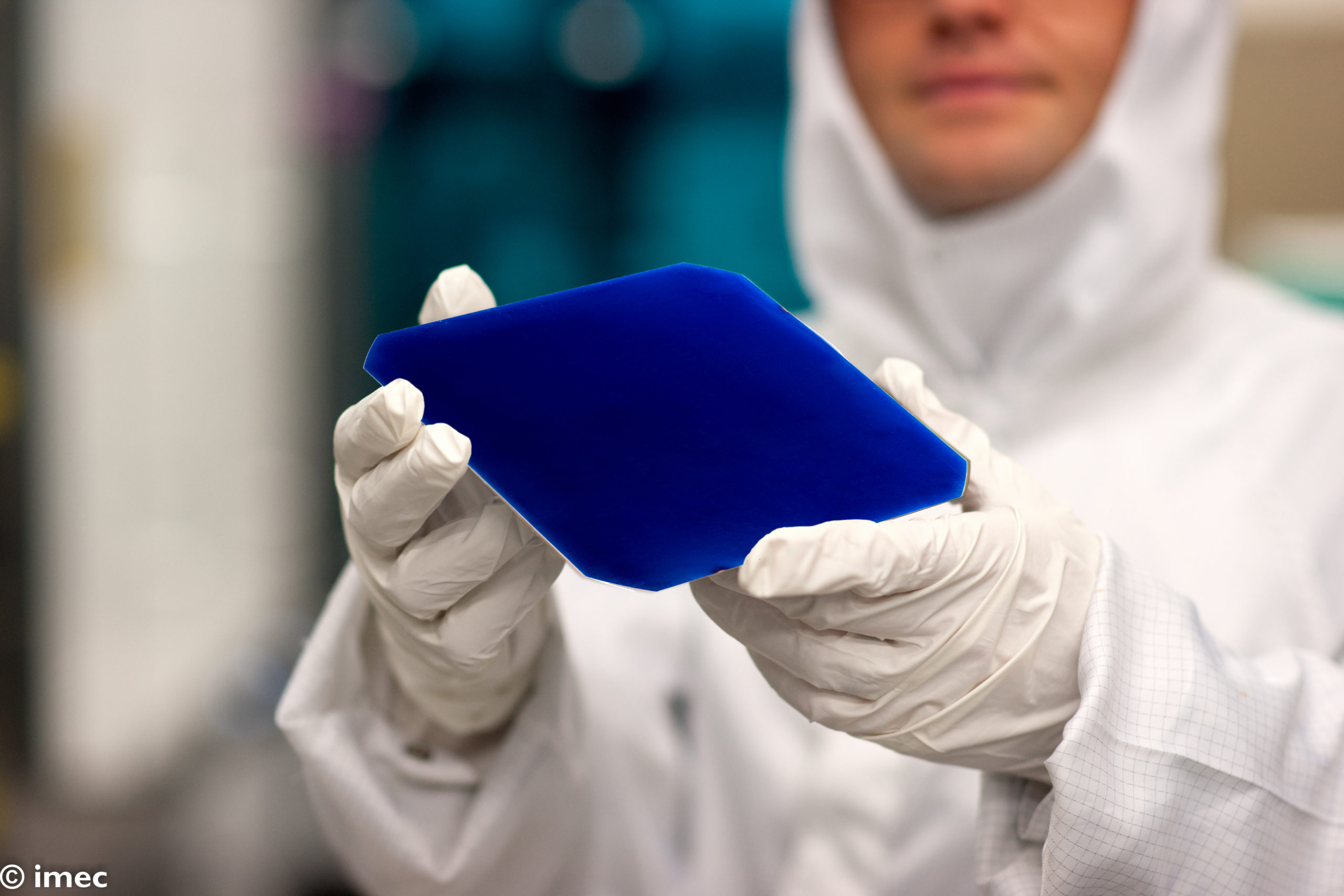The European Solar PV Alliance (ESIA) is an industry initiative launched by the European Commission. It brings together companies, institutes, and organisations active in the European PV industry with a primary aim to propose measures and solutions to the European Commission and the political process to strengthen the PV value chain in Europe. The steering committee includes the European Commission, EIT Innoenergy (secretariat), European Solar Manufacturing Council (ESMC), and SolarPower Europe. Following an active analytic and collaborative process during spring and summer, the first ESIA recommendation paper has just been released.
ESIA consists of four working groups, focusing on the supply chain, financing, demand-side policies, and skills. Recently, the alliance released its first recommendation paper, which is part of a series based on the work during the spring. This paper specifically addresses recommendations for financial mechanisms to bridge the cost gap and revitalise the PV industry in Europe.
In summary, the paper highlights that with the target of installing more than 320 GW of PV capacity by 2025, and almost 600 GW by 2030, Europe must rely on a resilient and strong supply chain. The urgency to mitigate the current dependence on a single country is recognised by large economies all over the world which are developing support schemes to boost PV industry reshoring. Companies and investors are reacting quickly, and this is the very last useful moment to retain capital in Europe to redevelop a strong domestic PV industry.
Overcoming the existing price gap with market leaders requires the EU and Member States government’s support, which must be clear, predictable, durable, and properly sized. The paper presents an analysis by the ESIA Finance Working Group and its recommendations to bridge the financial gap between EU producers and other world regions, notably China, and make European PV manufacturing competitive.
The analysis results determined a production cost gap between European and Chinese manufacturing requiring between €4.7 billion to €6.4 billion of annual support, depending on the energy cost scenario (considering that OPEX is included in CAPEX as amortisation) to build a competitive 30 GW PV value chain. This support will need to last for a minimum of 8-10 years in order to build a solid, independent and sustainable European industry. It concludes that there are currently no sufficient instruments that can allow not only the acceleration but also the growth of investments in the short term. To be effective, the support schemes should be modified, and the paper provides several recommendations, amongst them redirecting funds to projects with a high percentage of European ownership, Prolonging the Temporary Crisis and Transition Framework (TCTF), beyond 2025 and subsidising OPEX (€ per Watt produced) for a minimum duration of 10 years.
Image copyright: imec

Žygimantas Vaičiūnas
ESMC Policy Director
For more information:
vaiciunas@esmc.solar
